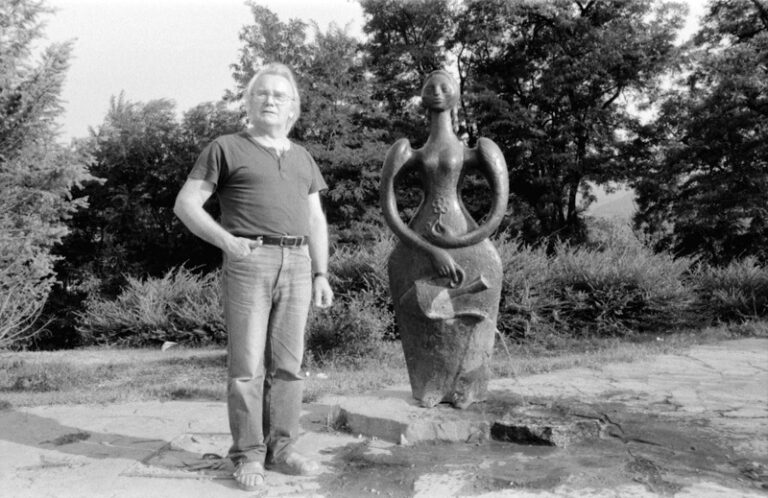One of the well-known parks in Banja Luka was the park next to the City Bridge, near the Kastel fortress. In 1931, architect Milan Popov constructed a building there that served as the municipal office. After World War II, it became the headquarters of the national militia. During the 1960s, the building was repurposed for students, but it was severely damaged and demolished in the 1969 earthquake. A park was later created on that site, which was state-owned land.
In 1977, a formal exhibition by Banja Luka sculptor Ahmed Bešić was opened, showcasing a sculpture known in Banja Luka as Emina. Consequently, the park was informally named Emina’s Park. However, the sculpture created by Ahmed was actually dedicated to the legend of Safikada of Banja Luka. The sculpture’s real name is “The Girl with the Jug”, but locals associated the piece with Emina from the poem by Aleksa Šantić. The park became a gathering place for lovers as well as an area where children played.
During the war in the 1990s, the sculpture was damaged—its head was removed. This became one of the symbols of the onset of nationalist terror and the ethnic cleansing of Banja Luka’s non-Serb population. Following this, the sculpture was removed from the park, leaving the people of Banja Luka with only hope that it would be restored and returned to the park, which would also be rebuilt. This did not happen.
After the war, the local authorities handed the land where the park once stood over to the Serbian Orthodox Church, which built a temple on the site. Although no one understood why a church was being built there—especially as new religious structures were suddenly appearing all over the city—it was clear that this was part of the broader influence of Serbian nationalism and an effort to erase the memory of Banja Luka’s artists who did not fit the new nationalist narratives. In this way, the original history of Banja Luka was erased, and structures and monuments unrelated to the city’s history were installed.



